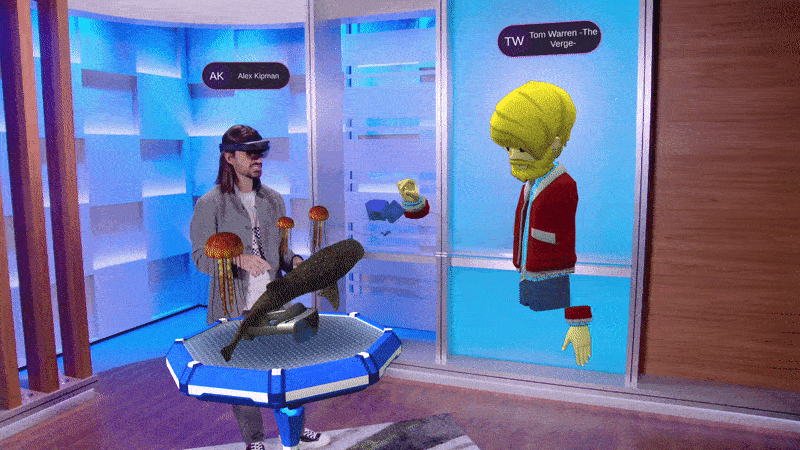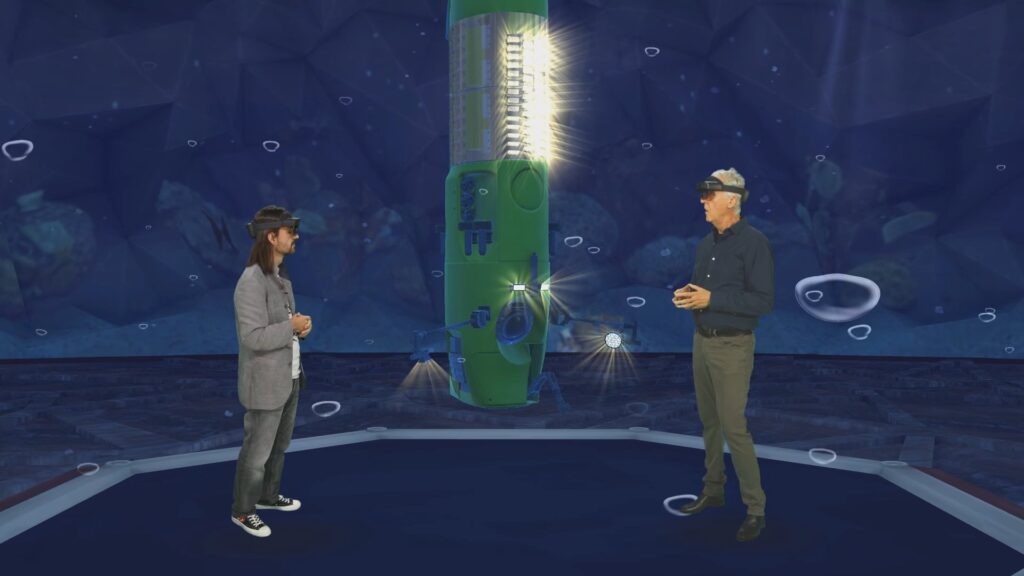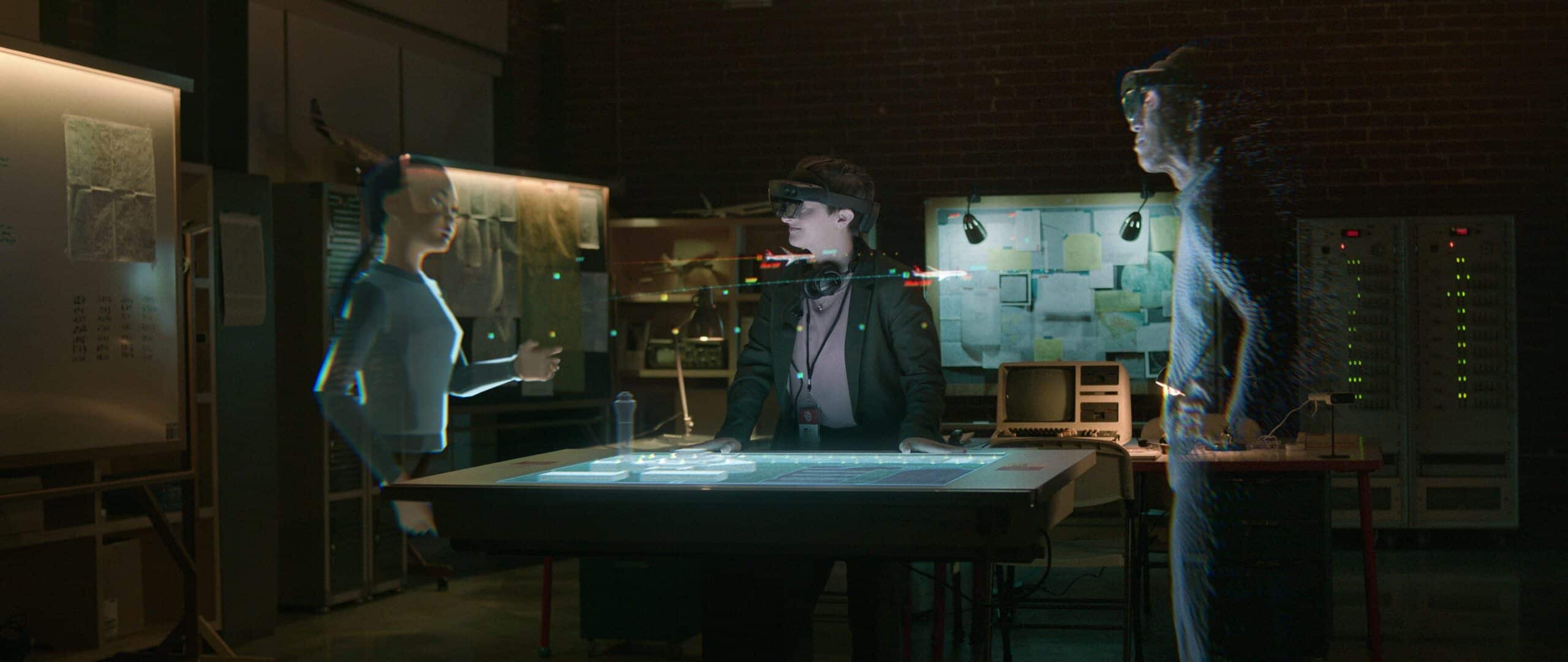Last week Alex Kipman of Microsoft, the inventor of Kinect and HoloLens, appeared in the living room of some of his colleagues to show them jellyfish and sharks.
It wasn't a strange dream, but a mixed reality encounter made possible by the new Microsoft Mesh platform. You put on a HoloLens 2 headset, you enter a virtual meeting room and the interlocutor appears next to your home furniture: it is Microsoft's vision for the future of VR and AR or, as it would be better to say, mixed reality.
Is this how video calls or remote meetings will play out in the near future?
Microsoft Mesh, let's enter mixed reality
Mesh is a collaborative platform that allows anyone to share virtual experiences across a variety of devices. “This has been the dream of mixed reality, the idea since the beginning,” explains Kipman. “You can actually feel like you're in the same place with someone sharing content with you. Or you can teleport from different mixed reality devices and be present with people even when you are not physically with them.”
In a first phase, Microsoft Mesh will present people as virtual avatars taken from the AltspaceVR social network that Microsoft acquired in 2017. Later, Microsoft software it will support what Microsoft calls “holoportation,” which will allow people to appear as if they are in a virtual space.
The virtual meeting with Microsoft Mesh

During a meeting that lasted about an hour, Kipman appeared next to colleagues as avatars and began to "bring" mixed reality objects (specifically virtual jellyfish and sharks) to colleagues. It was possible to remodel them, return them or simply observe them. A first example of collective interaction in mixed reality, to put it briefly.
Imagine a future with such well-developed technologies. A technician can guide customers in repairing an item they have at home, without physically going there. Engineers, architects and designers who work together on 3D models without necessarily being in the same place. What about in-person work meetings? Things to be reserved only for very special occasions: for everyday life it will be sufficient to wear the headset and "sit" in a mixed reality environment.
What do you need for the boom?

A few details stand between us and a mixed reality future, but they are far from negligible. First of all the price: devices like Hololens of Microsoft are still out of reach of the public, for what they offer also in terms of engagement. It will also take a lot of work on the part of developers to create mixed reality applications capable of reaching the general public.
For this Microsoft is gearing up, however, with three pieces of 90: the director James Cameron, Niantic (developers of Pokémon Go) and the co-founder of Cirque du Soleil. They were among the protagonists of the demo that Kipman showed to colleagues. Virtual concerts? Sure, a chance. A version of Pokémon Go to play simply by wearing glasses? It would make a bang. Absolutely.
Now it will depend on the ability of companies: to market hybrid work and play modes it could change the rules of the game as the world emerges from the pandemic to enter a new reality.


